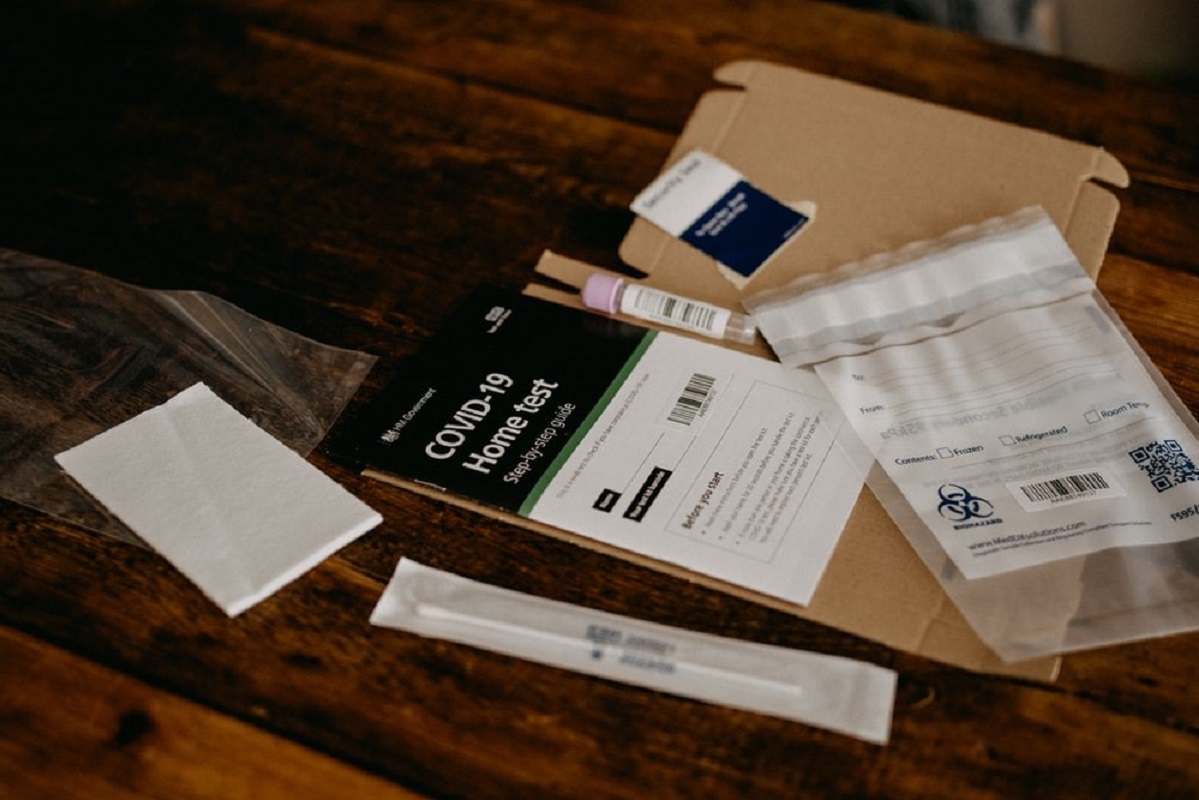At-home medical tests have boomed in recent years and the Covid-19 pandemic has sped up the trend. Is home testing the future of Diagnostics? And what does it mean for insurers, healthcare workers and organizations?
Over the past few decades, the ways through which health data is collected from patients have become more diverse. In some cases, such as rapid testing via finger pricks or saliva, a healthcare professional has long been foregone. More recently, however, innovation leaps have brought us homekits that allow more and more tests to be performed at home.
From celiac disease to nutritional deficiencies, at-home diagnostic testing has evolved to a point where it is now possible to undergo a fertility test (Fertility Measurement Index) or find hormonal causes for chronic symptoms such as fatigue, digestive problems or headaches. More detailed testing can go even further and pinpoint a single element of a disease, such as HbA1c protein in diabetes.
The Covid-19 pandemic reinforced the appeal of at-home testing. The complex process of safely transporting an ageing population has made health officials, medical staff, and patients alike more open to the idea of untrained civilians performing the test themselves.
But which innovations have emerged in at-home medical testing? Before answering this question, it is best to first clarify the possible solutions and the differences between them.
What are at-home medical tests and how do they work?
The FDA defines at-home diagnostics and monitoring tests as non-prescription methods anyone can purchase and use. These home medical tests vary in the degree of intervention required by the patient, so the term “at-home testing” could refer to:
- Monitoring: for simple tests that require minimal patient intervention such as measurement of health parameters (blood pressure, heart rate, vital signs, physical exercise). These tests operate by connecting the patient to a measuring device (a wearable technology, i.e. a wearable device that detects, analyzes and transmits vital signs) that can either present the results on the spot or communicate the data to a laboratory for further analysis. In this type of at-home testing, the user accesses the results without having to draw samples or undergo additional examination.
- Collecting samples at home, testing in the lab. This type of medical testing applies to HIV, Lyme disease, or colorectal cancer, for example. The process starts with the patient collecting saliva and cells by scraping the oral mucosa, blood sample by pricking the finger, or feces to search for blood. The patient autonomously retrieves samples through a homekit and, later, sends it to a laboratory for analysis. This type of tests, performed by the patient at home, leads to higher screening rates, which ultimately translate into a faster detection of problems that would otherwise take longer to detect.
- Collecting samples and testing at home:this is the most demanding type of home medical test for the user and the true DIY exam. First, the patient collects the samples at home. Then, using a kit, he or she performs the entire exam autonomously. This type of tests is challenging because it involves collecting the sample, securing it to avoid contamination, and interpreting the results. This method, which was once reserved mostly for pregnancy and diabetes tests, is becoming available for a wider range of conditions such as food allergies, COVID-19, infections or DNA.
Which innovations have emerged in at-home medical testing?
Home medical tests, portable devices, smartphones and other technologies allow new ways to diagnose, monitor and treat patients. According to the Delloite Center for Health Solutions, most recent solutions provide better treatment, prevent diseases, and to promote health and well-being. More accurate diagnostic tests help manage chronic diseases and assess the risk of future diseases. These are a few examples:
- Microbiota test to personalize the diet – These tests provide recommendations on nutrition and habits depending on the composition of each patient’s microbiota. Some tests provide information on microorganisms associated with specific infections and metabolism imbalances.
- Genome sequencing to develop a preventive health plan – Testing in this field helps to identify the presence or lack of genetic factors that show the patient’s risk level for common hereditary diseases, such as cancer and heart disease. Some manufactures of these tests will go even further to direct users to counselling. Others offer an app that allows patients to share test results with their doctor.
- Blood testing connected to apps – This type of testing involves connecting a wearable that draws blood samples via finger pricking. An app analyzes the sample, computes the results, and defines next steps for patients. It also provides medical advice and even shares information with healthcare professionals.
- Heart monitoring – Arrhythmia monitoring devices that connect to a smartphone and can perform electrocardiograms (ECG) in 30 seconds. To perform this test, the user places a finger on the device, which then sends the ECG directly to healthcare providers. With this information, medical staff can analyze patterns and diagnose symptoms.
These are just a few examples of medical tests that have crossed the borders of hospitals, health centers and labs, to become widely available directly in our homes.
But there are also challenges. The FDA (Food and Drug Administration), in the USA, has banned at-home COVID-19 testing, after concluding that the institution could not guarantee the conditions to carry out the tests. In Europe, this trend is not yet so significant, but is the paradigm about to change?
The at-home medical testing market
The number of start-ups and players in this sector has grown significantly. The most recognized names specialize in testing for genetic diseases, food allergies, menopause, HPV, Lyme disease, diabetes, urine, sleep, saliva, HIV, thyroid and cholesterol.
Estimates indicate that the at-home medical examination market currently represents around 350 M€ worldwide.
In the USA, where the trend has been developing faster, over 200 at-home tests received the green light from the FDA. The heads of these companies assure the public that the tests are safe, as reliable as those performed on-site at a doctor’s office. The medical community, however, has voiced concerns.
The pros and cons of home testing
The benefits of home testing are appealing. Why go to a doctor’s office when you can get tested at home? It is convenient, efficient, confidential and weight off national healthcare systems everywhere – advantages that COVID-19 has stressed.
The medical community, however, has highlighted some risks. To a large extent, home testing relies on patients to collect samples. Since most people have not received proper training, mistakes are likely to occur. Healthcare personnel have a role to play in this matter, either through online or face-to-face counselling and guidance. Hospitals and clinics, both in the private and public sectors, are an active part of this process. Participation is essential in supporting the patient and in ensuring that this digital and remote way ensures better treatment and access to patient data.
Insurers also play a vital part in making at-home medical tests more widely available. Presently, there are some examples of insurers that subsidize at-home testing. However, this is not a common practice.

What future for medical tests at home?
Evidence points to an acceleration in user adherence to at-home testing, especially among healthier people. According to a Deloitte study, 43% of respondents would welcome home examinations, if insurance companies reimbursed them to the same extent as in traditional tests.
Collecting samples and testing to diagnose infections (such as kidney, throat or urinary tract infections) are the most widely accepted form of exams – 51% of respondents said they would be comfortable doing this procedure at home. Second, with 45% acceptance, genetic testing.
The impact for the healthcare sector and digital transformation
Home tests, often supported by wearables, enable alternative ways to diagnose, monitor and manage patients and therapies.
As tests become more familiar to patients, and the diversity of exams increases, consumers will require more information and medical advice.
The mission of increasing clinical literacy will fall, in part, on insurers, hospitals and large companies. The organization of the future will have an educating role in guiding self-care – both in terms of health and well-being, and in using digital tools and platforms.
In addition to educating the population, stakeholders need to identify the most effective diagnostic solutions and to integrate them into healthcare plans. To adapt, organizations should curate intuitive platforms, quality care, and ensure the security and privacy of personal and health information.
Users looking for convenience, health improvements and cost savings, are likely to expect more from doctors and healthcare systems. Patients are growing accustomed to information flowing seamlessly to and from healthcare providers. They also expect medical staff to analyze and process all data streams to determine the best course of action.
To healthcare professionals, the keywords are the simplification of digital tools. At-home medical tests, and sharing results with medical institutions, has the potential to lighten the administrative burden and free up time to be with the patient. The adoption of this technology will depend on the reliability of the results and the efficiency of data integration into existing systems. The collaboration of professionals and health institutions will prove instrumental to patient motivation and confidence.

For Insurers, the value and quantity of data will continue to grow. To respond, it is necessary to equip teams with the corresponding analytical skills, and with the infrastructure to deal with additional data streams. At-home testing will also bring new cybersecurity and GDPR concerns. The first organizations to address them will be in a suitable position to conquer this market segment where convenience is key.
For large companies looking to win the war on talent, concern for the health and well-being of employees is increasingly a differentiating factor. The availability of innovations in corporate healthcare plans motivate employees at all levels of the organization.
So what does the future hold for remote DIY healthcare?
The writing on the wall spells growth for at-home diagnostic testing, together with the increasing use of wearables and tools to measure health and well-being. The Covid-19 pandemic has fuelled this to a large degree.Evidence suggests that the population is ready to welcome this innovation once the reliability and privacy of these tests are assured, and health plans have been adapted to include them. With proper medical advice and monitoring, society is ready to face one of the biggest changes in the medical diagnostics sector.
As always, it is up to the leaders of companies, healthcare professionals and hospital managers to expect and shape innovation to their own reality. In doing so, organizations may gain a favourable position to spearhead the change ahead.

